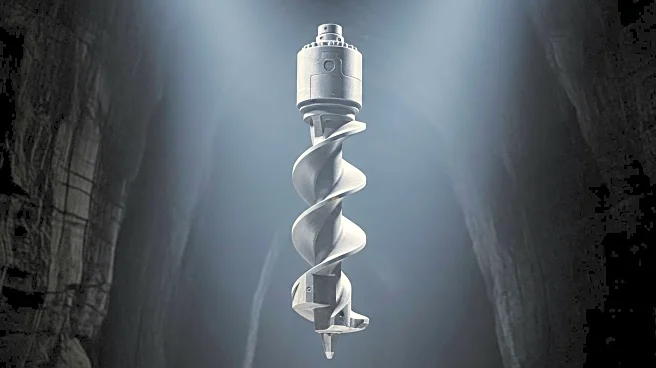What is the story about?
What's Happening?
Codelco, the world's largest copper miner, has revised its loss estimate from the accident at its El Teniente mine, indicating a 45% increase in losses. Despite this, Chairman Maximo Pacheco expects a slight increase in copper output this year. The accident, which occurred in July, is projected to reduce output by 48,000 metric tons and cost the company around $500 million in EBITDA. The accident was likely caused by a rock burst due to changes in the geological structure of the deposit. Codelco's production from January to September was 2% higher than the same period last year, and the company aims to maintain its copper output target for 2025.
Why It's Important?
The increased loss estimate from the El Teniente accident highlights the challenges faced by Codelco in maintaining its production levels amidst geological and operational disruptions. The tightening of copper supplies due to this and other disruptions has contributed to a rise in copper prices, impacting global markets. Codelco's ability to maintain its output target is crucial for stabilizing copper supply and prices, which are vital for industries reliant on copper, including construction and electronics. The company's strategic focus on monitoring terrain structure and seismic activity underscores the importance of safety and risk management in mining operations.
What's Next?
Codelco plans to finalize its internal investigation into the El Teniente accident by the end of the year, with a focus on understanding the geological changes that led to the rock burst. The company will continue to monitor geomechanical factors throughout the mine to prevent future incidents. Additionally, Codelco is preparing to apply for environmental permits by 2027 for the joint operation of its Andina mine and Anglo American's Los Bronces operation, which could produce significant savings. The company will also contribute to discussions on the future of Teck Resources' Quebrada Blanca mine in Chile, where it holds a stake.
AI Generated Content
Do you find this article useful?














